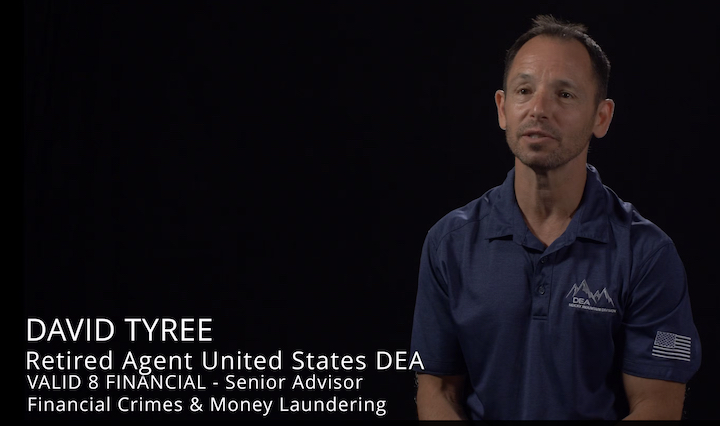The Evidence Ledger
The Staggering Impact of Medicare and Medicaid Fraud

Fraudsters cheat Medicare and Medicaid out of tens of billions of dollars each year, with estimated annual losses exceeding $100 billion. The size of the government healthcare systems makes them an attractive target for criminals. Federal agencies need additional resources to investigate and prosecute this fraud.
Why do fraudsters target government healthcare programs?
Government healthcare programs’ size and payment structure create opportunities for fraudsters to operate unseen. According to the most recent data:
- Medicare and Medicaid each cover together cover about 40% of the U.S. population.
- Medicare utilizes about 1.5 million individual and institutional providers.
- Medicare and Medicaid spending totaled $1.7 trillion in 2022.
Medicare uses a Prospective Payment System (PPS), which allows the program to pay providers quickly, and handles billions of claims annually. The transaction volume, variety in program participants and accelerated processing limit the ability to detect fraud before payments are made. As a result, the agencies uncover problems after the money is gone.
Fraudsters employ several different approaches to take advantage of the Medicare and Medicaid systems, including:
- Upcoding
- Billing for unnecessary services
- Phantom billing
- Double billing
- Unbundling
- Kickbacks
- Falsifying records
- Identity theft
For example, federal officials warned that fraudsters are targeting Medicare recipients with calls, texts and online ads promising free medical equipment or gift cards after recipients confirm their eligibility for the so-called services. After the victims share their personal information, the criminals use it to bill Medicare for unnecessary urinary catheters.
Federal agencies have limited staff and resources to dedicate to fraud investigations, so investigators must prioritize obvious and straightforward cases. These teams need additional support to catch fraudsters.
How can technology help government fraud investigations?
Criminals hide their fraudulent activities among the billions of Medicare and Medicaid transactions among millions of participants. To prove fraud, investigators must sort through and analyze massive amounts of information.
Manual data preparation processes make complete financial visibility all but impossible. Investigators spend weeks or months reviewing, sorting, separating, entering, reconciling and categorizing data. The time-consuming and resource-intensive nature of investigations means government teams can only pursue the largest cases, leaving many schemes uninvestigated. Investigators must strike a balance between conducting exhaustive examinations and working within the confines of available resources. As a result, they can only cover a portion of transactions. This constraint compromises confidence in a case, as critical proof may exist outside of the dataset.
Verified financial intelligence (VFI) solutions streamline data prep and analysis for more thorough investigations. AI-powered platforms manage the tedious tasks, automatically extracting data from financial documents, including bank and brokerage statements and printed and handwritten checks, without requiring templates. The algorithm also verifies the ingested data.
Investigators can leverage VFI solutions to reconcile and verify the data, saving themselves hours of labor and reducing human error. The platforms integrate information from disparate sources, match transactions and statements, remove duplicates, standardize data formats and identify errors, such as missing documents or discordant statements. AI even categorizes entries based on transaction type, location, counterparty and other facets, adding additional value to the data.
AI cuts the extraction and reconciliation process from weeks to hours, providing investigators with more accurate and comprehensive evidence that adheres to courtroom standards. Investigators can also leverage VFI to visually trace the money movement with the help of charts and diagrams. This perspective supports narrative-building to prove criminal intent.
Say a government agency discovers unusually high billing totals from a clinic. Investigators can use VFI tools to analyze all the location’s transactions dating back years rather than months. Teams can also easily review histories from other clinics for comparison. These capabilities expedite the investigation and empower investigators to create a more robust case.
VFI in action
One of Valid8's Medicaid Fraud Control Unit (MFCU) clients used our VFI platform to achieve 60% faster reviews with no increase in headcount while simultaneously boosting employee morale. The MFCU team can now deliver consistent, standardized, granular data sets to simplify discovery by state prosecutors.
With the added efficiency from VFI, Medicare and Medicaid agencies can pursue more cases — regardless of a scheme’s sophistication — to prosecute more fraudsters and deter future crimes without adding staff.



















